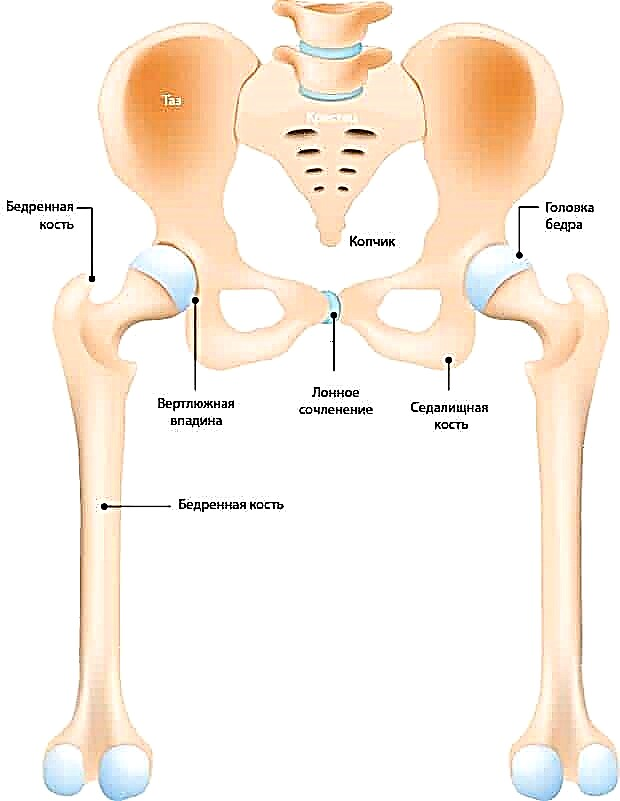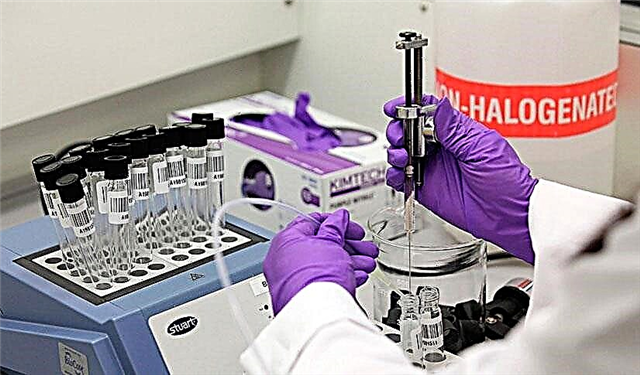Sports injuries
1K 0 01.04.2019 (last revised: 01.07.2019)
A pelvic fracture is a dangerous skeletal injury that compromises the integrity of the pelvic bones.
ICD-10 code
According to ICD-10, a fracture of the pelvic bones belongs to the S32 category. This code also includes injuries of the lumbosacral spine.
The reasons
A fracture of the pelvic bones occurs under the influence of a traumatic agent. The circumstances that served to obtain it may be:
- falling from a hill;
- squeezing when hitting a motorcycle or car wheel;
- collapses of structures and buildings during an emergency;
- side impacts in road accidents;
- industrial accidents.
Classification
There are several main groups of pelvic fractures:
- Stable. The continuity of the pelvic ring is not broken. These include marginal and isolated fractures;
- Unstable. An integrity violation is present. Injuries are classified by mechanism of occurrence into:
- rotationally unstable;
- vertically unstable.
- Fracture dislocations of the pelvic bones.
- Fractures of the bottom or edges of the acetabulum.
Symptoms
The clinical signs of a fracture can be roughly divided into local and general. Local symptoms depend on the location of the damage to the pelvic ring.
Local manifestations:
- acute pain in the damaged area;
- swelling;
- shortening of the lower limb;
- hematoma;
- deformation of the pelvic bones;
- limited leg movements;
- violation of the functionality of the hip joint;
- crunching and crepitus, which can be heard during palpation of the injured area.
Common signs
Most patients are susceptible to traumatic shock due to acute pain and profuse bleeding. Under its influence, the patient manifests the following symptoms:
- pallor of the skin;
- sweating;
- tachycardia;
- a sharp decrease in blood pressure;
- loss of consciousness.
With trauma to the bladder, hematuria and difficulty urinating occur. If the urethra is affected, there may be a bruise in the perineum, urinary retention, bleeding from the urethra.

© designua - stock.adobe.com
First aid
If you suspect a pelvic injury, the victim should be immediately taken to the emergency room. Transportation should be carried out by an ambulance team. Before the arrival of doctors, the person should be provided with appropriate first aid assistance:
- pain relief to prevent traumatic shock with pain relievers;
- with an open fracture, it is necessary to stop the bleeding by applying a tourniquet below the injury, and perform treatment with antibacterial agents.
When self-transporting a patient to a medical institution, place him on a hard surface in a supine position. A rigid roller or pillow is placed under the knees of the patient, giving him the pose of a "frog". It is necessary to fix the person with a rope.
The timeliness and quality of medical care provided determines the recovery period of the victim after injury and the risk of complications.
Diagnostics
Pathology recognition is carried out on the basis of:
- studying the patient's anamnesis and his complaints;
- physical examination;
- instrumental results (X-ray, laparoscopy, laparocentesis, laparotomy, ultrasound, urethrography) and laboratory diagnostic methods (CBC, bacteriostatic and bacteriological research).
Treatment
Treatment of pelvic fractures consists of several stages. The amount of medical procedures depends on the severity of the injury. First of all, anti-shock therapy is performed. The condition is stabilized with adequate anesthesia. For this purpose, the technique of intrapelvic anesthesia is used.
At the second stage of treatment, infusion therapy is performed. With its help, the loss of blood volume is replenished. Treatment is evaluated to normalize blood pressure, heart rate, blood and urine tests.
The third stage is to immobilize the pelvic bone defects. In case of mild injuries, the victim is allowed to walk after a week. Further therapy tactics depend on the decision of the rehabilitation physician.
Patients with severe fractures undergo orthopedic treatment.
Rehabilitation
Completion of the rehabilitation course is a mandatory step in order to return the patient to a normal lifestyle and prevent disability. The patient's recovery is carried out under the supervision of an experienced specialist. Each patient undergoes rehabilitation according to an individual program, the main elements of which are:
- Exercise therapy;
- medical treatment aimed at strengthening bones;
- use of external products;
- massage;
- physiotherapy procedures;
- cryomassage;
- skeletal traction.

© auremar - stock.adobe.com
How many are in the hospital with a pelvic fracture
The hospitalization period can be up to two months. The length of stay in a medical institution with complicated injuries depends on the decision of the attending physician.
Complications
The incidence of complications depends on the severity of the injury and the state of the victim's immune system.
With a fracture of the pelvis, the following pathological processes can develop in the body:
- infection (pelvioperitonitis, diffuse peritonitis);
- damage to OMT;
- bleeding.
Effects
The outcome of pathology is often unfavorable. In the case of isolated or marginal damage, the patient recovers more easily.
With a pelvic ring injury, rehabilitation of the patient requires intense efforts.
A fracture complicated by acute blood loss and damage to internal organs is often fatal. The patient's life depends on adequate medical care.









